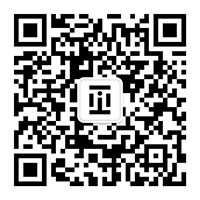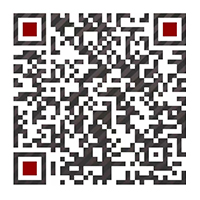Haptics is our most primitive function to recognize the world and exchange information. Haptic feedback refers to the electronic simulation our tactile sense. It’s a blend of many technologies, such as mass vibration, driving system, signal stimulation, and algorithm tuning. If you have played a classic CS Game, you would know the virtual shooting in the game cannot be felt by players at all. Now, with haptic feedback, you can literally feel the recoil of the firing! It’s the same when we play the guitar on a mobile app. Normally, you can only use the sound to identify the music spectrum. But with haptic feedback, you can experience the string vibration and its changes when you play different pitches.
Haptic feedback has become richer and more immersive, developing from the simple vibration reminder function at the very beginning to the current simulation of real vibration. The tactile engine technology, or the hardware that simulates vibration, has become a major technical bottleneck for the haptic feedback development. Taking the mobile phone industry as an example, about 80% of the mobile phones in the market still use traditional EMR, which can only realize a simple vibration reminder function. EMR has high latency in changing speed, restricting user experience improvement. To address the drawbacks of EMR, some European and American manufacturers have designed LRA recently, which can achieve differentiated vibrations, enrich the system design and improve user experience. With the vigorous development of virtual content and big data, however, LRA can no longer meet users' growing needs for richer content and better tactile interaction. It’s clear that LRA has obvious defects, such as limited vibration sense, narrow bandwidth, and slow response. As a result, it can only simulate finite scenarios and hinders the development of strong man-machine interaction.
As a trailblazer in haptics, we have created a new vibration structure and damping system, namely Truly Physical Wideband Actuator ("TPWBA") through years of painstaking research and development. With its strong vibration sense, wide band, and extremely fast response, TPWBA can simulate almost all natural events and create rich virtual tactile interaction. Besides, it can enable you to experience richer and more realistic haptic interaction since TPWBA is extremely power saving and can create super full and more immersive effect. In 2020, Thor was rated as a leading growth enterprise in the Suzhou Industrial Park, and has obtained more than 30 invention and utility patents.








